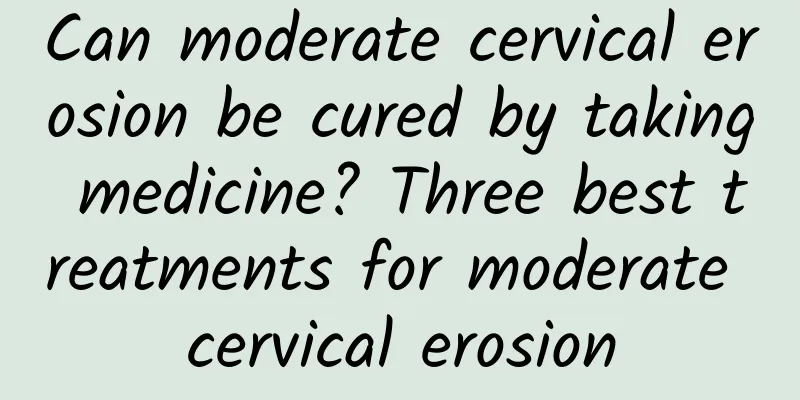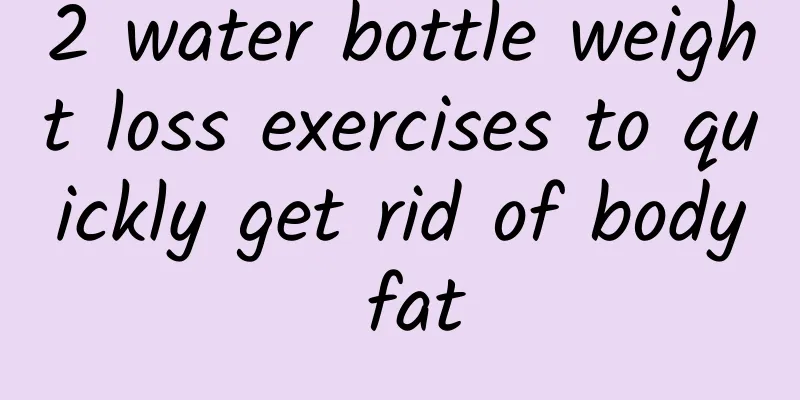Severity of right adnexal inflammatory mass

|
The right adnexal inflammatory mass may be caused by a variety of reasons, and the severity depends on the cause, size, and whether it causes complications. Common causes include infection, cysts, tumors, etc., which require imaging examinations and laboratory tests to confirm the diagnosis. Treatments include medication, surgery, and lifestyle adjustments. 1. Infection is a common cause of right adnexal inflammatory masses. Infectious diseases such as pelvic inflammatory disease and salpingitis may cause inflammatory masses in the adnexal area. Bacterial, viral or fungal infections can cause inflammation and then form masses. Antibiotics, such as cephalosporins and metronidazole, are required to treat infectious masses. Specific drugs should be selected according to the type of pathogen. At the same time, patients need to pay attention to personal hygiene and avoid excessive sexual activity to reduce the risk of infection. 2. Cysts are also a common cause of right adnexal inflammatory masses. Ovarian cysts, corpus luteum cysts, etc. may form masses in the adnexal area. The nature of cysts is divided into benign and malignant, which needs to be clarified through imaging examinations such as ultrasound and CT. Benign cysts can be treated conservatively with drugs, such as oral contraceptives to regulate hormone levels and promote cyst absorption. If the cyst is large or suspected to be malignant, surgical removal is required, such as laparoscopic surgery or laparotomy. 3. Tumor masses may be benign or malignant, so be vigilant. Ovarian tumors and fallopian tube tumors may appear as inflammatory masses in the right adnexal area. Diagnosis requires a combination of imaging, tumor marker testing, and pathological biopsy. Benign tumors can be removed surgically, while malignant tumors require comprehensive treatment, including surgery, chemotherapy, and radiotherapy. Early detection and treatment are crucial to prognosis, and regular physical examinations are recommended, especially for people with a family history of tumors. 4. Lifestyle adjustment plays a positive role in the prevention and treatment of right adnexal inflammatory masses. In terms of diet, it is recommended to consume more foods rich in vitamins and minerals, such as fresh vegetables and fruits, and avoid high-fat and high-sugar diets. Moderate exercise helps to enhance immunity, such as yoga and jogging. Maintaining a good work and rest habit, avoiding staying up late, and reducing stress can also help prevent inflammation and the formation of cysts. The severity of the right adnexal inflammatory mass varies depending on the cause, and a professional examination is required to confirm the diagnosis. Infectious masses can be treated with antibiotics, while cysts and tumors require medication or surgery based on their nature. Lifestyle adjustments play an important role in prevention and adjuvant treatment. If an abnormal mass is found in the right adnexal area, seek medical attention in a timely manner to avoid delaying treatment. |
<<: Are cervical hypertrophy and erosion contagious?
>>: What medicine can stop functional uterine bleeding?
Recommend
Talk about the manifestations of chronic cervicitis
As a type of cervicitis, chronic cervicitis is ge...
Don’t gain weight during the Chinese New Year! 7 Tips for Smart Eating
The Spring Festival is a time for families to reu...
What is the treatment for bacterial vaginosis?
Bacterial vaginosis causes itching in patients, c...
To prevent irregular menstruation, you should pay attention to the following points
Irregular menstruation is a phenomenon that all w...
Can alcohol abuse cause ectopic pregnancy in women?
According to medical research, women who drink al...
How effective is microwave therapy for cervical erosion?
When women with cervical erosion have abnormal se...
Experts explain the main causes of cervical erosion
Cervical erosion is a gynecological disease that ...
Tomatoes can prevent cancer and control blood sugar. Nutritionists warn: This group of people should not eat too much
An Italian proverb says: "When tomatoes turn...
Want to lose weight successfully? Vitamin B group, calcium, four essential nutrients
Don’t forget to supplement nutrients during weigh...
Do you know all this knowledge in the uterus pictures? You may not know this knowledge
Many people do not know much about endometrial th...
Common causes of uterine fibroids in women What are the causes of uterine fibroids in women
Nowadays, many women suffer from some gynecologic...
Surgical treatment of patients with acute pelvic inflammatory disease
If acute pelvic inflammatory disease is not treat...
Magnesium deficiency may cause fatigue, headaches, and memory loss! Nutritionist Li Wanping: 5 must-eat foods rich in magnesium
Do you often feel inexplicably tired, dizzy, have...
Edamame has a way of metabolizing fat, and this is the safest way to eat it! Experts teach how to select and cook
Edamame has a crisp and sweet taste. It is not on...
What are 5 good habits to prevent adnexitis?
Adnexitis can lead to tubal atresia, infertility,...









